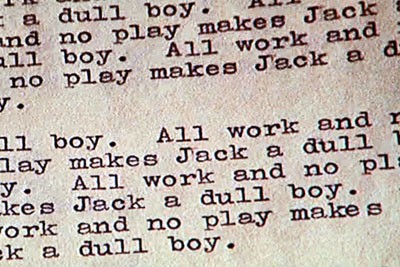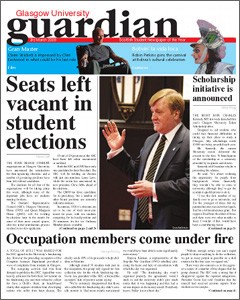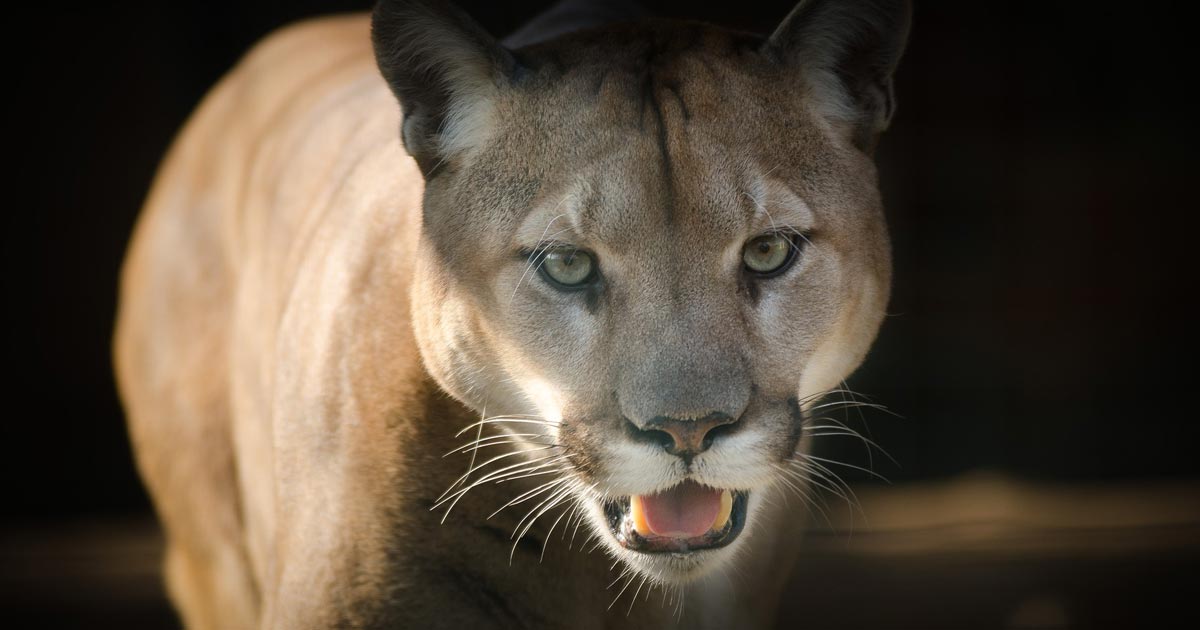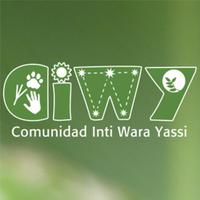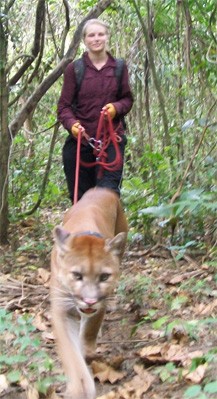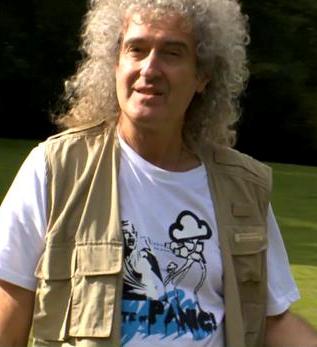
The homeless come with a certain stigma – particularly those with pets at their side.
Should we be concerned for the welfare of those animals, whose owners cannot afford to feed themselves so surely cannot adequately care for a companion?
Of course we should.
However, instead of claiming these pets should be removed from their owners, Ruby Shorrock (a fourth year vet student at the University of Glasgow) took a different approach.
Being homeless can be extremely isolating and lonely. For some of these people, their dog is their only companion, and can often be the only thing keeping them going. A dog can also provide a connection to home, and so the reluctance to give them up is understandable.
Despite this, many shelters refuse to accommodate dogs and so the help available can become increasingly restricted for homeless dog owners.
In light of this, Ruby founded Trusty Paws, a non-profit organisation that hosts free clinics and provides preventative care for hounds belonging to the homeless. The clinics involve a free health check (a clinical examination performed by veterinary students, supervised by a qualified vet), microchipping, flea and worming treatment and vaccinations. Dog food packages and other supplies such as leads and dog coats are also given out at the clinics.

There have been three Trusty Paws clinics in Glasgow so far, with several grateful clients being able to benefit from the supplies donated and the services provided by the students. Everyone involved is delighted with how the clinics have been received.
Plans for 2015 include registering as a formal charity and organising public fundraisers. The Trusty Paws team also intends to tackle the problem of local shelters and hostels not allowing dogs.
Trusty Paws relies entirely on donations and sponsorship and the response to requests for both has been exceptional. The concept has really taken off and looks to gain popularity and success in the future.
The work of Trusty Paws is a fantastic way of not only actively ensuring quality care for homeless pets, but also raising awareness within the community to tackle public perception. If these misconceptions can be eliminated, others will be willing to accept that pets are a huge part of the lives of homeless people too and, perhaps, be encouraged to help the situation instead of avoiding eye contact with that person sitting in a doorway on a rainy evening.
- For more information, or to donate, visit the Trusty Paws Facebook page or follow @Trusty_Paws on Twitter.











